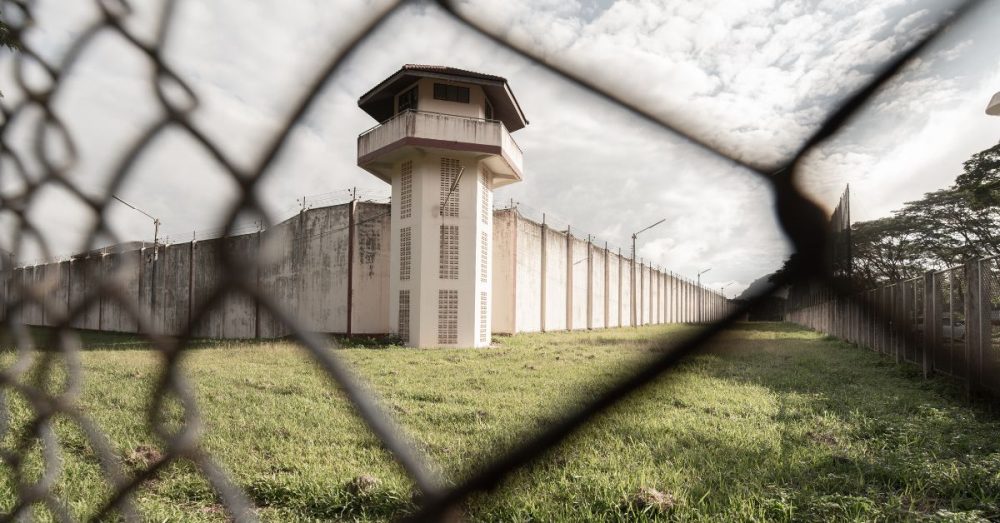As the execution date approaches for Robert Roberson, a Texas man convicted of murdering his 2-year-old daughter, Nikki Curtis, a heated national conversation around shaken baby syndrome has reignited.
Roberson, who has consistently maintained his innocence, is set to be the first person executed in the United States for a murder conviction related to this controversial diagnosis, CBS News reported.
His scheduled lethal injection on Thursday has drawn attention from legal experts, medical professionals and lawmakers, all questioning the validity of the evidence that led to his conviction.
Roberson was convicted in 2003 for the death of his daughter, who suffered from severe health issues prior to her untimely demise in 2002. His defense team argues that new evidence points to pneumonia as the primary cause of her death, rather than the abuse alleged during his trial. They assert that Roberson took Nikki to the hospital after she fell from her bed while suffering from an illness, contradicting the prosecution’s narrative that he inflicted fatal injuries upon her.
The diagnosis of shaken baby syndrome has long been a point of contention within the medical and legal communities. Supporters assert that it is a scientifically validated diagnosis used to identify cases of child abuse, emphasizing that it plays a vital role in protecting vulnerable children.
Conversely, critics contend that the diagnosis is often misapplied, leading to wrongful convictions by ignoring other possible explanations for the symptoms exhibited by affected children, such as illness or accidental injuries.
The Texas Court of Criminal Appeals recently ordered a new trial in a separate case, citing advancements in the understanding of the diagnosis. However, Roberson’s attempts to secure a stay of execution have been repeatedly denied, underscoring the ongoing divide over the application of shaken baby syndrome in the judicial system.
At least eight individuals have been sentenced to death in the U.S. based on shaken baby syndrome.


